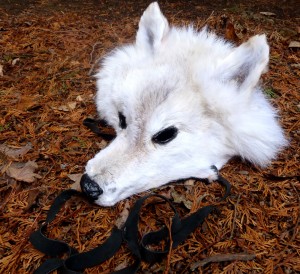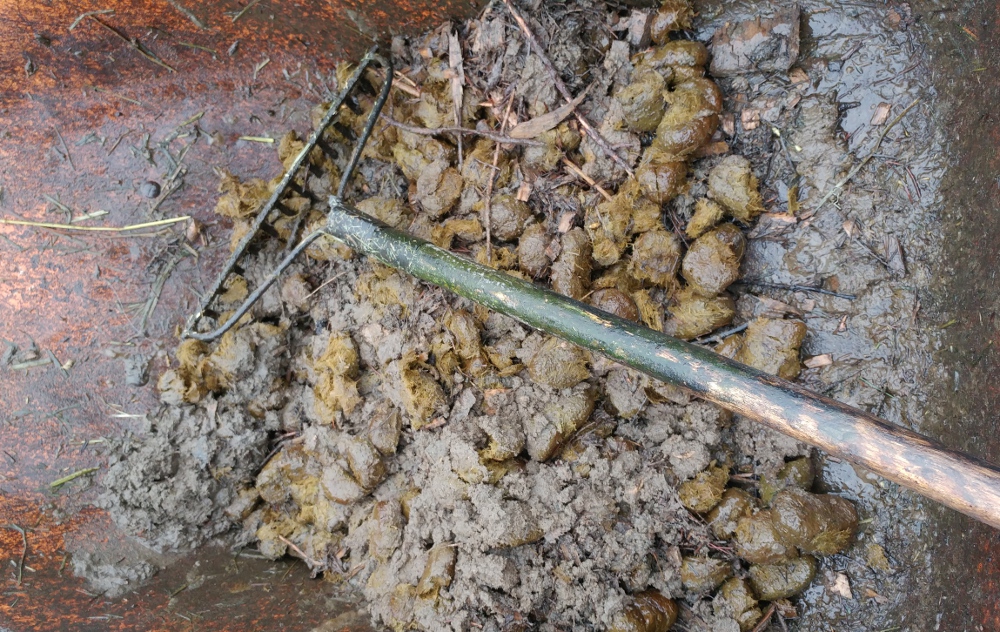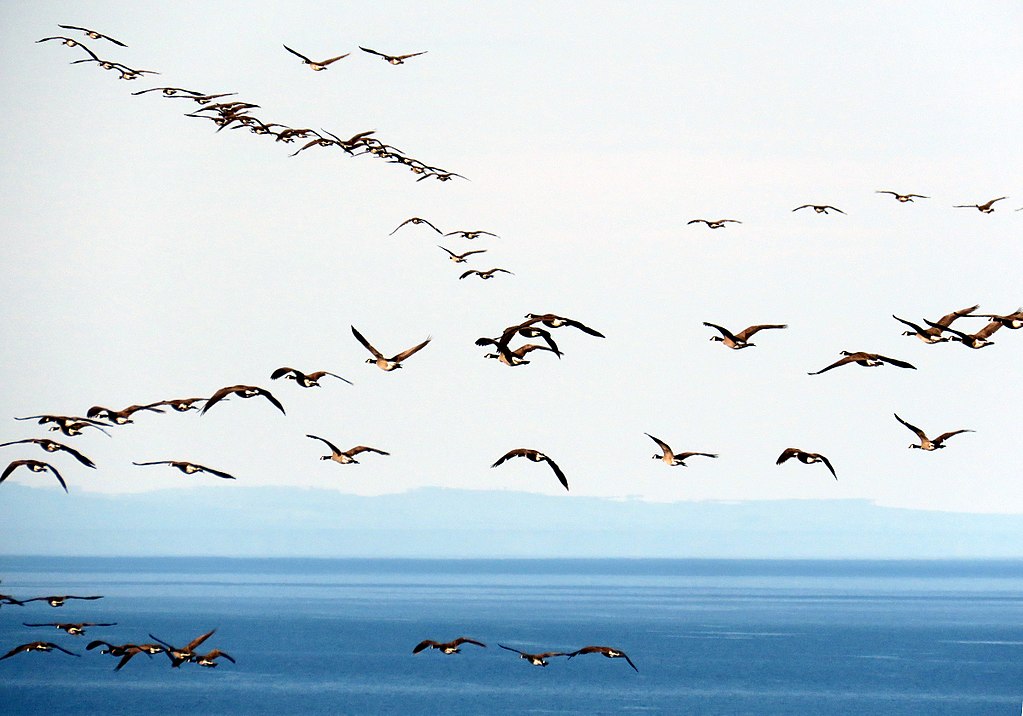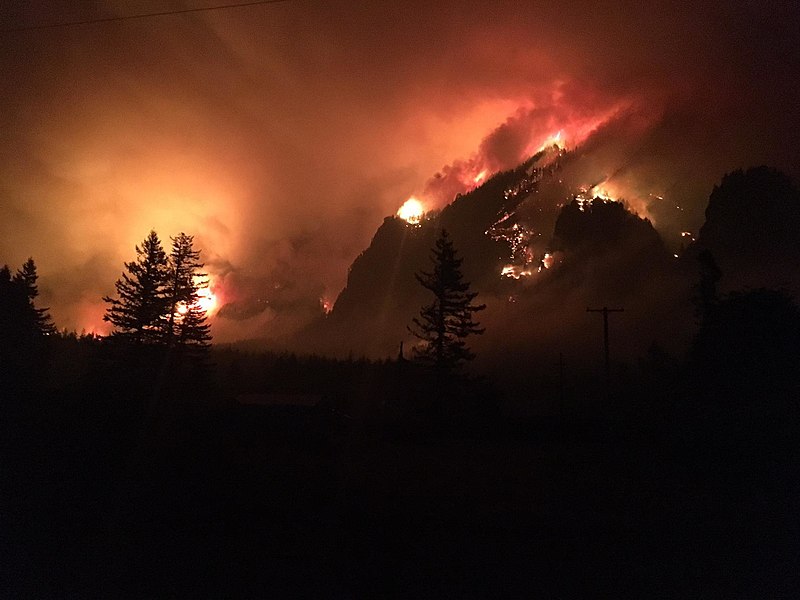Note: This post was originally posted on No Unsacred Place in 2011, and then later Paths Through the Forests. I am moving it over here so I can have more of my writings in one place.
This is part two of a two-part series; you may read part one here.
There are many purposes for shapeshifting—celebration, drawing on the power of the being you’re changing into, learning to change yourself, etc. There are also many techniques, some stationary, others involving dance and other movement. This version of shapeshifting is quieter, and is primarily for the purpose of creating connection with, and fostering awareness of, other beings. It’s a way to begin healing the rift we as a species have created between us and the rest of the beings we share this world with. It requires a certain level of intimacy; you can’t become a being without having some empathy for it, and the world could certainly do with more empathy all around.
Although you can theoretically shapeshift (non-physically, of course) into any being (and I use that term to refer to animals, plants, waterways, mountains, and more), I recommend choosing a being who is physically close to you, such as a particular tree or waterway near your home, or a species of animal that you see frequently. Even in my fairly urban Portland neighborhood, I still have a huge maple tree right outside my kitchen window. No matter the weather or my state of health, I can still check on “my” tree to see how it’s doing, how many leaves are left today, who’s perched in the branches, and so forth. And I have a good vantage point to watch the crows, fox and grey squirrels, and scrub jays that frequent the tree and surrounding high places.
You’ve already created something of a personal connection there, but let’s talk about taking it further. How much time do you spend every day observing this being? If it’s something relatively stationary like a stone or pond, try to make a daily visit in all weather, at least as much as you’re able. Or, with animals, see if there’s a place where you can fairly reliably see individuals of the species, if not daily then at least regularly. Take note of what you see each time. How does the being change with the time of day, the weather, even the seasons? How does it fit into its niche in the ecosystem, and are there any changes in that over time? What about human impact?
Balance out all this experience with some research as well. Read about the being online and in books; talk to others who have worked with it. Get the objective viewpoint to balance out your subjective observations and impressions, and allow them to complement each other.
This all can be an investment of years. That’s okay. We spend years getting to know other people; it works for other beings as well. Even after you’ve tried shapeshifting to this being, you can still keep up the daily observations, just as you may regularly check in on loved ones.
There’s no single, universal “right time” to make the step from observation to shapeshifting. A lot of it has to do with mutual trust; a being that doesn’t trust you won’t open up, and it’ll be harder for you to be receptive to a being you’re wary of. When you feel the time is right, go to the being. If the being is stationary, ask to sit on, against, or otherwise near it. For animals, sit where you’ve been able to observe them best (hopefully by now they’re used to your presence). If you are unable to be at the place itself, such as for health or safety reasons, find a place at home or otherwise where you can meditate for a while, undisturbed, and perhaps have some reminder of the being you’re connecting with at your side.
If you’ve already “spoken” with the being or a spiritual representation thereof, great! If you haven’t done such communication yet, you may wish to use a guided meditation to introduce yourself. Here’s a simple one:Close your eyes. Relax. Breathe. Be aware of where the being is in relation to you. Imagine a shining cord extending from your third eye to the being—not quite touching, but inviting the being to make that last step to complete the cord between you. Once the cord is complete, greet the being, and begin the conversation. When you feel the time is proper, ask the being for its help with shapeshifting, that you want to have a better understanding of it by becoming, even just a little, more like it. Allow it to answer as it will, and go from there.
If the being isn’t ready, respect that. Keep up your visits, and when you feel ready, try asking permission again (unless you have gotten a very firm “No, never, not at all” from the being).
Once you have gained permission, then it’s time to try the shapeshifting itself. Go back to the place where you can be with the being without disturbance. Close your eyes, breathe, and relax. Be very aware of your boundaries, physical and otherwise—where “you” end and the rest of the world begins. Now imagine those boundaries are becoming much more permeable.
Make physical contact with the being or its representation, and allow the boundaries between you and it to be more blurred. You may feel as though you are “melting” into each other, or you may feel your own form change and move to be more like that of the being. You may even feel you are being carried along by the being, a sort of “rider”; there may even be multiple representatives if you’re working with a very social animal such as schooling fish. Any way it manifests, allow this change to happen, and observe how your perceptions and thoughts change as well.
What is it like to be that being? How does it differ from being yourself? How do you feel? Is it fun? Scary? Do you feel curious? Are some things more important to you now than they were before, and are others less so? How comfortable are you in this form?
Is the being itself staying in contact with you while you shift? Try asking it questions, if you can, or share observations—after all, it’s the expert on being itself!
When you’re ready to come back, thank the being for its help. Then imagine what your body feels like normally, or state your name, your address, and other “human” things. Don’t rush it; allow yourself to ease back in, let the boundaries reform at their own pace. Once you’re awake, take some time to ground. Eat something protein-heavy, observe the way your hands move, recite the lyrics to one of your favorite songs. Do things that gently bring you back to being human.
After you’re done, think about how you feel about the being now. Do you have more empathy for its place in the world, and the challenges it may face? Do you feel differently about yourself and your own place here? What may you have learned from this experience that you didn’t know or understand before?
Do keep in mind that all of your impressions are still processed by your very human brain and mind, even in the depths of the shapeshift. You can’t entirely sever your connection to being human. It is a good idea to check your impressions against more objective information, and to have sensitivity toward whom you want to identify with. It may not cause much trouble for you to be convinced that mosquitoes really suck other animals’ blood because they want to steal their power. However, shapeshifting into American Mink, and then being convinced that you now have to free all the caged mink at fur farms, is a bad idea, no matter how deeply you may have connected with that spirit.
Done with care, shapeshifting can be a highly effective way to be more empathetic toward other beings, to raise our everyday awareness of their presence, and to foster greater consideration of them both individually, and as a society.
In my next post, I’ll be offering more practical information on methods of shapeshifting, with a special emphasis on practicing it as a way of connecting with other beings.
Did you enjoy this post? Please consider supporting my work on Patreon, buying my art and books on Etsy, or tipping me at Ko-fi!















